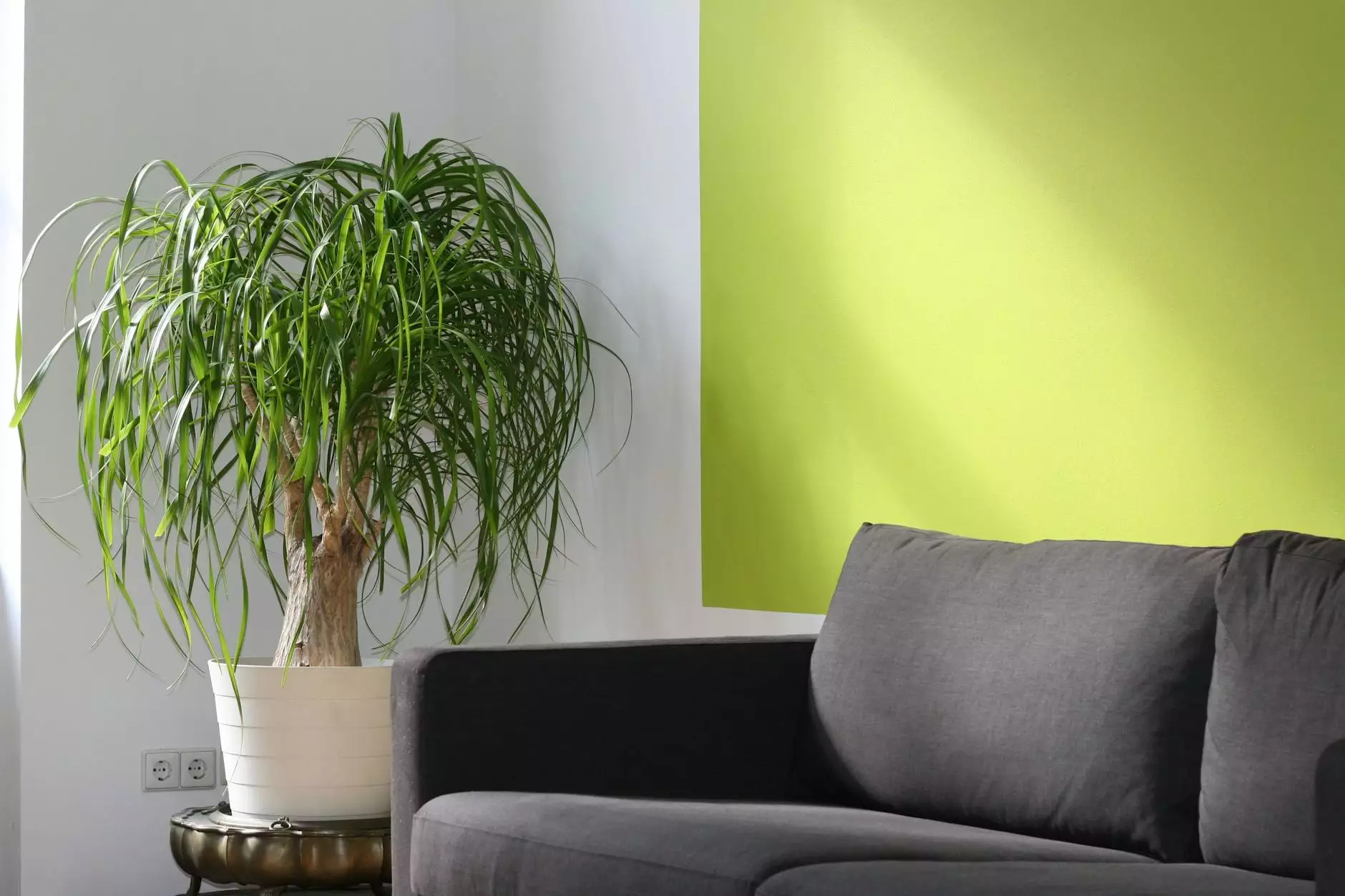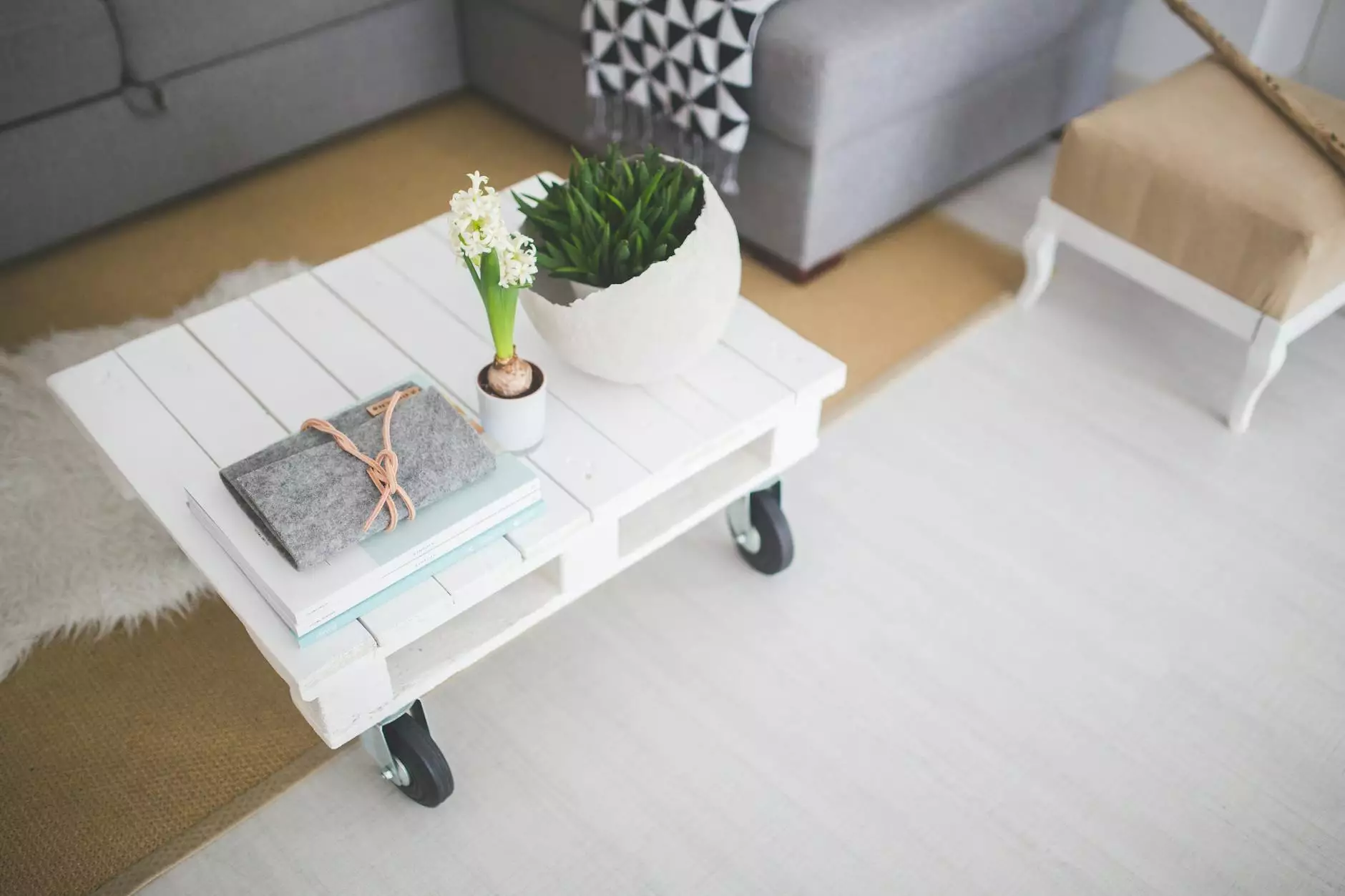Accessible Bathing Solutions: The Ultimate Guide to Wet Rooms and Shower Options for Disabled Individuals and the Elderly

For many elderly individuals or those living with a disability, bathing can become increasingly challenging. However, with the right accessible bathing solutions, routines can be improved, ensuring dignity, safety, and comfort. In this extensive guide, we will explore the concept of wet rooms, the benefits of walk-in showers and baths, as well as design ideas tailored for disabled and elderly individuals.
Understanding Wet Rooms for Disabled Individuals
A wet room is a bathroom design that features an open shower space rather than a typical enclosed shower. This innovative layout makes it particularly suitable for individuals with mobility issues. Wet rooms allow for easier movement within the bathroom, minimizing barriers and enhancing safety. Here are some essential features of a modern wet room designed for disabled individuals:
- Zero Threshold Entry: A seamless entry to prevent falls.
- Non-Slip Flooring: Specialized surfaces to reduce the risk of slipping when wet.
- Adjustable Shower Heads: Hand-held options that can be used while seated, helping users to shower comfortably.
- Grab Bars: Strategically placed handles to assist with balance and stability.
- Accessible Benches: Foldable or built-in seating for resting while bathing.
The Benefits of Wet Rooms for Disabled and Elderly Individuals
Wet rooms offer numerous advantages for the elderly and disabled, making them an ideal choice for accessible bathrooms. Here are some key benefits:
Enhanced Safety
One of the primary concerns for elderly individuals is the risk of slipping and falling. Wet rooms are designed to eliminate barriers that traditional bathrooms possess, such as raised shower thresholds. This increased safety can provide peace of mind not just for the individuals using them but for their caregivers as well.
Increased Independence
With features like adjustable shower heads and grab bars, wet rooms enable users to maintain a level of independence in their bathing routines that may otherwise require assistance. This autonomy is crucial for mental well-being and self-esteem.
Easy Maintenance
Wet rooms typically consist of fewer fixtures, which reduces the time and effort required for cleaning. With tiled surfaces that can handle moisture well, hygiene is simplified, which is particularly important for those with specific health challenges.
Exploring Design Ideas for Modern Disabled Wet Rooms
When designing a modern wet room tailored for the disabled, aesthetics and functionality go hand in hand. Here are several design ideas to consider:
Minimalist Designs
A minimalist approach focuses on clear spaces and essential fixtures. This design not only looks sleek but also prevents clutter, which can be disorienting or hazardous. Utilize built-in shelving and storage to keep amenities within reach while maintaining openness.
Contrasting Colors for Visibility
For individuals with vision impairments, using a contrasting color scheme helps highlight different areas within the wet room. For example, darker tiles combined with lighter fixtures can delineate spaces, making navigation easier.
Customizable Layouts
Every individual has unique needs. Customizing the layout to fit specific requirements—whether it is the position of grab bars, the height of showerheads, or the placement of benches—can significantly enhance usability.
Walk-In Showers: A Popular Alternative for the Elderly
For those who may not prefer a wet room, walk-in showers provide another excellent bathing solution. These showers are designed to offer accessibility, convenience, and safety. Here are some features that make walk-in showers particularly appealing:
Walk-In and Roll-In Options
Walk-in showers can be designed with a low threshold or even flush with the floor, allowing wheelchair access and ease for those with limited mobility.
Seating Solutions
Incorporating foldable or built-in seating allows users to take a seat while showering, which is both safe and comfortable, especially for seniors who may tire easily.
Thermostatic Controls
Installing thermostatic shower controls provides additional safety against sudden temperature changes, helping to prevent scalding or chills.
Walk-In Baths: A Bathing Solution for Seniors
Walk-in baths combine the ease of use of traditional bathtubs with modern safety features. They are designed to allow seniors to enter and exit the bath with minimal effort. Here’s what you should know:
Built-In Doors
Walk-in bathtubs feature side doors that allow users to enter the bath without stepping over a high threshold. This safe entry point is crucial for those with limited movement.
Hydrotherapy Options
Many walk-in baths come equipped with hydrotherapy jets, which can be beneficial for muscle relaxation and pain relief—a perfect solution for seniors dealing with arthritis or joint pain.
Integrated Safety Features
Just like accessible showers, walk-in baths often integrate non-slip surfaces, grab bars, and low operating height taps to enhance safety.
Assisted Bathing Solutions
In many cases, individuals may require assistance during bathing. This necessity has led to the development of various assisted bathing solutions. Here are some common options:
Assisted Bath Systems
These are specialized bathing systems designed to aid caregivers during the bathing process. They often feature height adjustments and ergonomic designs that make it easier to assist with bathing.
Mobile Shower Units
Mobile shower units can be utilized for individuals who may find it difficult to access a traditional bathing space. These portable solutions can be set up in multiple locations, ensuring that everyone has access to safe bathing.
Conclusion: The Importance of Accessible Bathing Solutions
As we've discussed, proper accessible bathing solutions—whether in the form of wet rooms, walk-in showers, or specialized baths—are essential for the independence and safety of disabled individuals and the elderly. By prioritizing design that focuses on ease of use and safety, we can ensure that bathing remains a comfortable and dignified process for everyone.
Resources to Explore Further
For those interested in upgrading their bathing spaces, here are some additional resources and ideas to explore:
- EAMobility - A comprehensive source for mobility solutions.
- Local Accessibility Consultants: Many areas have professionals who specialize in designing accessible spaces.
- Home Improvement Stores: Check out local stores for accessibility products and bathing solutions.
Taking the step towards a more accessible bathing experience can significantly improve quality of life for disabled individuals and seniors. Explore your options and make informed choices that best fit the needs of you or your loved ones.



